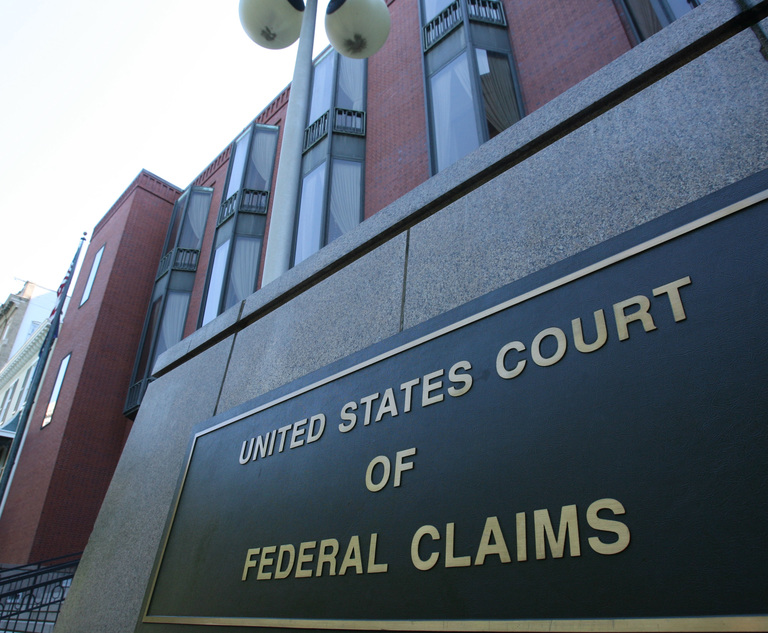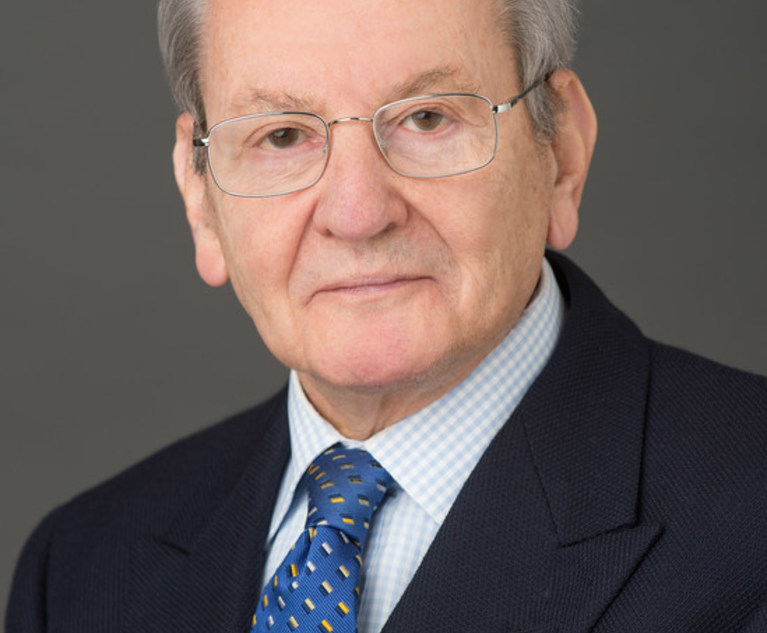Obviousness is one of the most challenging and amorphous issues in U.S. patent law, and one that all practitioners—litigators and patent prosecutors alike—inevitably confront on a regular basis. Federal Circuit decisions analyzing the issue of obviousness can be complex and, sometimes, seemingly subjective.
When considering the question of whether a claimed invention is obvious in view of two combined prior art references, two basic points are almost always at issue: (1) whether the prior art references are analogous, and (2) whether the hypothetical person of ordinary skill in the art would have had a motivation to combine the multiple prior art references. These factors are critical in any prima facie case of obviousness. In theory, this makes sense, because these requirements strike at the core of the obviousness inquiry: which prior art references may be combined, and, just as importantly, why would a person of ordinary skill in the art combine them.
This content has been archived. It is available through our partners, LexisNexis® and Bloomberg Law.
To view this content, please continue to their sites.
Not a Lexis Subscriber?
Subscribe Now
Not a Bloomberg Law Subscriber?
Subscribe Now
LexisNexis® and Bloomberg Law are third party online distributors of the broad collection of current and archived versions of ALM's legal news publications. LexisNexis® and Bloomberg Law customers are able to access and use ALM's content, including content from the National Law Journal, The American Lawyer, Legaltech News, The New York Law Journal, and Corporate Counsel, as well as other sources of legal information.
For questions call 1-877-256-2472 or contact us at [email protected]


 Howard T. Markey National Courts Building/U.S. Court of Appeals for the Federal Circuit. Photo by Diego M. Radzinschi/ALM
Howard T. Markey National Courts Building/U.S. Court of Appeals for the Federal Circuit. Photo by Diego M. Radzinschi/ALM




